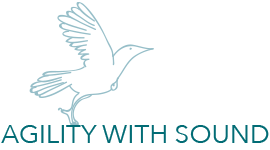About Comprehension
Teaching comprehension and testing comprehension are not the same thing. Questioning at the end of reading a passage is testing comprehension. Requiring students to write a summary of their reading is testing comprehension.
Teaching comprehension is an entirely different sort of beast. It is not about developing a few comprehension strategies. It is far more complex than that.
Teaching comprehension is about guiding students through the process, teaching them to think as competent comprehenders think. It is achieved by reading aloud with the students in a small group. It is about the teacher modelling the thinking required to delve deeply into the text. It is about asking the sort of questions that require students to ponder. It is about discussion, and lots of it. It is about giving students the opportunity to bounce thoughts and feelings off each other, listen to and think about the reactions and thoughts of their peers. It is about learning to think, and to think critically.
Students simply cannot think as they read if their attention is largely or wholly diverted to figuring out the words. Even students who appear to be reading fluently may be unduly focusing on decoding. This issue needs to be addressed outside of the reading process.
The primary focus of the Agility with Sound decodable books is comprehension. Students should be able to easily decode the text before they read, eliminating that major block and allowing students to give their attention to content.
In these books, comprehension challenges are built in. There are frequent hints rather than explicit explanations, unfamiliar turns of phrase and some new vocabulary, conflict and more than one point of view, and many individual titles are a blend of fiction and non-fiction. The decoding may be simple, but the comprehension is more testing, increasingly so as students work through the series.
All books have been scripted for comprehension for the teacher. The leading questions, the modelling, discussion points and more are slotted into the teacher’s version of the books. Follow-up activities, designed to build rather than test comprehension, are provided. It is all done for you.
That is one effective way to build comprehension. Another is writing about your reading in a way that extends comprehension: writing about the unstated, taking a different point of view, or presenting the information in a novel way. That is the core function of the writing resource.
Note: It is not surprising that weak spelling and weak comprehension are usually exhibited in tandem. Weak spelling is an indication that words have not been properly mapped into memory, and this in turn means students must give some measure of attention to word identification when reading.

